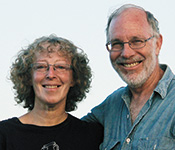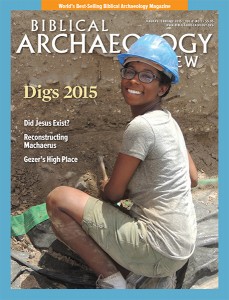Archaeological Views: Looking for Arameans at Tel Abel Beth Maacah

By definition, Biblical archaeology seeks to unearth remains that illuminate the Bible (and other ancient Near Eastern texts). The results may corroborate or refute what these texts claim, but the quest is certainly guided by our desire to get closer to the realia of ancient life, be it quotidian or historical.
We modern archaeologists pride ourselves in our ability to move beyond simplistic equations of “text and spade” or “pots and people,” however. Our goal is to ask more complex questions about the past, even if it means living with the uncertainty of ambivalent answers.
This was the situation when we began the adventure of excavating the imposing and hitherto untouched mound of Abel Beth Maacah in northern Israel, straddling the borders of Israel, Lebanon and Syria. Its strategic border location in antiquity, alongside Biblical references to Maacah as an Aramean entity, prompted us to embark on a quest for Arameans as one of our research questions. While a “pots equal people” approach is not a realistic or desirable research agenda, we nevertheless wanted to explore the possible correlation between Biblical references to Maacah as related to an Aramean kingdom and the material culture unearthed at our site.
Already a library member? Log in here.
Institution user? Log in with your IP address.

